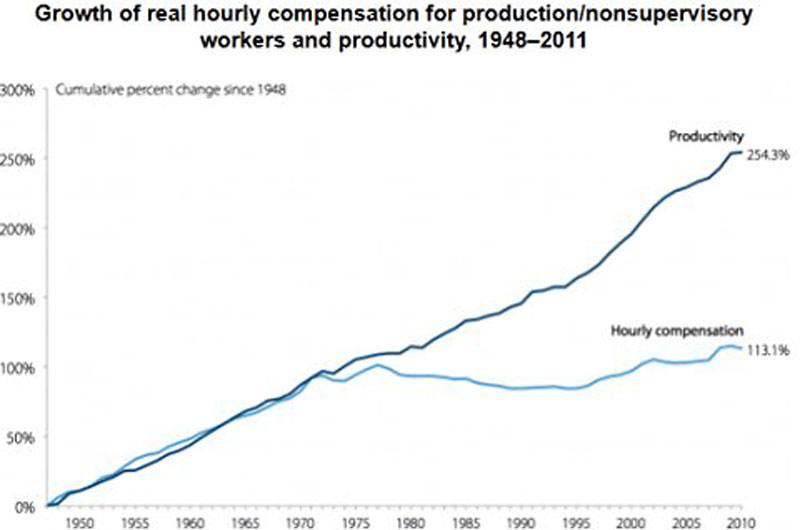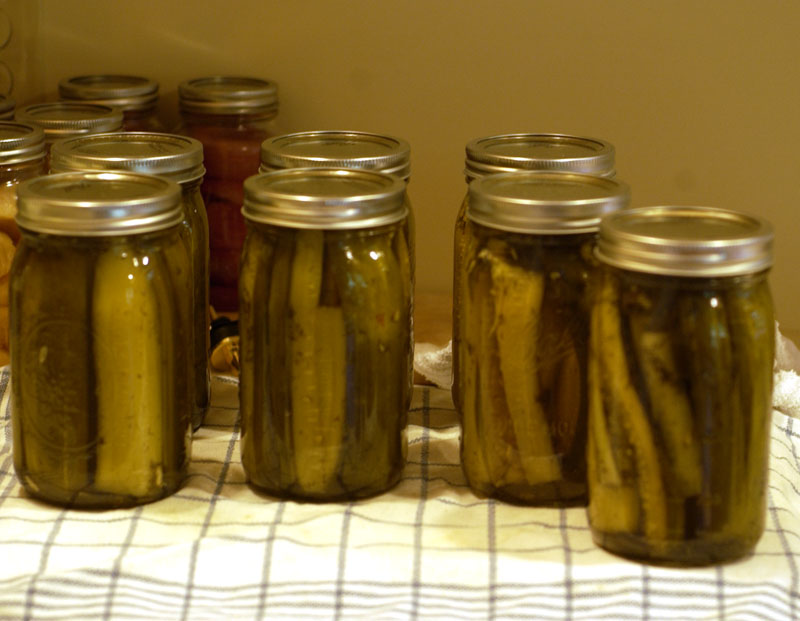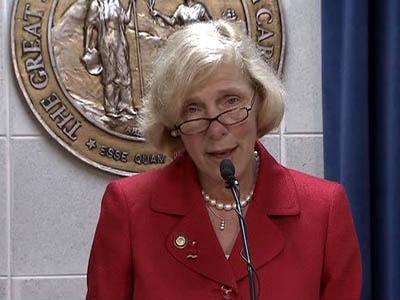
Just over a month ago I did a terrible, consumerist thing. I leased a 2013 Smart car ForTwo. I can’t say that I feel remorse — I believe it was a good decision. But I do admit to a certain amount of guilt, especially at taking on a lease after having lived debt-free for so many years.
Here is how I justified the cost of leasing a Smart car:
1. Smart cars aren’t selling very well, so Smart is offering good terms on a lease: $1,299 due at signing and $99 a month. The actual numbers will be a little higher because of certain local costs, but I found my local Mercedes dealership to be very honest and very easy to deal with. (Smart cars are made by Mercedes and are sold at Mercedes dealerships.)
2. Even though I drive only about 6,000 miles a year, the savings on gas between my Jeep Wrangler and the Smart car is about $50 a month — almost half the monthly cost of the lease.
3. The Smart car has an air conditioner, and my Jeep doesn’t. The Smart car also is much quieter and more comfortable to ride in.
4. I intend to make my Jeep last for the rest of my life. I bought it new in 2001 and paid cash for it. It has 69,000 miles on it and has never given me a bit of trouble. It’s well-maintained and has had nothing but the finest synthetic oils in its engine and drive train. I’ll have no trouble making it last for the rest of my life as long as I keep the miles off of it. I haven’t started the Jeep in a month — something I really need to do soon, to keep it charged up and such.
5. The Smart car has safety systems that my 2001 Jeep does not have, including anti-lock brakes, a stability control system, and lots of air bags. I would not want to be in a head-on collision in any vehicle, but I believe the Smart car is as safe as any small car.
6. Maintenance avoidance. The Smart car is under warranty, and the Jeep will be driven only when I need it as a beast of burden, or in bad weather. So my costs for car maintenance for the next three years should be very, very low.
Before I review the Smart car
Before I leased the Smart car, I read lots of reviews. I also read a lot of what Smart car owners have written in on-line forums. The owners are mostly sensible, and their experience so far is in accord with mine. However, the reviews of the Smart car have been mostly — and often grossly — unfair. So first we need to explore why that is the case.
Why the Smart car reviews are unfair
Americans are completely insane when it comes to cars, petroleum, and highways. I mean this not as a rhetorical flourish, I literally mean it. Americans are insane. Anyone should be able to perceive this insanity merely by driving for five minutes on a Los Angeles freeway. But Americans have so normalized the insanity of their attitudes toward cars, highways, and driving, and the insanity is so universal, they they are unable to perceive it. It just seems normal. People who review cars are just as insane as everyone else, probably more so in many cases.
Americans also considers cheap gasoline to be an entitlement. If the price of gasoline rises as much as 50 cents a gallon, there is a risk of political crisis. The insane, unconscious assumption is that Washington’s main job is to keep the cheap gasoline flowing. Americans show some interest in fuel-efficient cars if the price of gasoline is high, but they forget it completely when the price of gasoline goes back to its expected range.
As for reviewer insanity, if a Smart car reviewer complains that the Smart car lacks the power to avoid slowing down on a steep hill, what does that reveal? It reveals that, to Americans, it’s an entitlement to ride in vehicles that can whisk whale-size drivers and their whale-size passengers (if any) up steep hills at 70 mph without slowing down. The power required to do that, and the huge amount of energy it takes, is seen as normal. It is not normal. It’s insane.
If a Smart car reviewer complains that the transmission in the Smart car is sometimes “rough” when it shifts, what does that mean? It means that, to an American, it’s an entitlement to take steep hills at 70 mph and feel absolutely nothing when the transmission downshifts, so that the sugar water in their super-size cup doesn’t show the slightest sign of sloshing onto their XXL T-shirt. That is not normal. It’s insane.
In short, Americans, and American car reviewers, don’t understand the Smart car and what it’s engineered for. They just don’t get it, and that’s why Smart car sales in the U.S. have been poor after the initial excitement when American importing began. It takes a European — or a sane American, of which there are far too few — to understand a Smart car.
You also can find car forums in which lovers of gas-guzzlers express absolute contempt for the Smart car, just as they express absolute contempt for hybrids such as the Prius. They think such vehicles are ridiculous, and they think that only smugness can explain why anyone would buy such a car. They see a Smart car or a hybrid as an expression of self-righteousness on the part of the owner. That is typical of Americans, to think that one’s car is a form of self-expression. But it isn’t a form of self-expression at all. It’s just a large purchase, and it ought to be based primarily on one’s needs and how the vehicle will be used. Few Americans are willing to sacrifice anything for the sake of the environment. I am. But getting good gas mileage is not a sacrifice, it’s a savings. The issue of smugness is just another facet of Americans’ insanity. How dare anyone not participate in their excess? How dare anyone draw their attention to the environmental consequences of their massive consumption by appearing on the roadway in something small? They say my Smart car makes me smug? Well I say their Lincoln Navigator makes them insane.
The average American uses more than twice as much total energy as the average person in Great Britain, more than five times as much as the average Mexican, and more than 25 times as much as the average person in India. That is insane. Anyone who cannot grasp the insanity of that will not understand the Smart car.
Some reviewers have had criticism of the Smart car that I do think is valid, though. I will get into that in my review.
And now, my review of the Smart car
Every time I get out of the Smart car and look at it, I’m shocked how small it looks. Because when you’re inside it and driving it, you don’t feel like you’re in a small car. If you’re accustomed to driving a Lincoln Navigator, you may feel differently. But the Smart car rides high with a good view of the road, and both passengers have plenty of space. To me it feels about the same as riding in my Jeep Wrangler. My lifestyle, luckily, does not normally include freeways, but I’ve had it up to 70 mph a couple of times on six-lane highways. It feels perfectly stable at those speeds. It is not buffeted by nearby trucks. I have no particular sensation of being in such a small car. On two-lane roads, I find that, rather than driving in the center of the lane, I tend to keep more to the right. This feels safer to me, because oncoming traffic is farther to my left, giving me more time to react if an oncoming car strays into my lane. Smallness does have certain safety advantages, so one ought to use those advantages.
Some reviewers have said the car is noisy. That is not true. I don’t even hear the engine while cruising. I can hear a quiet engine noise when accelerating or climbing a hill, but it’s not very noticeable. There is some minor carriage noise, but the level of carriage noise depends greatly on the quality of the pavement you’re on. I have a simple test for noise level. I extend my right arm so that my hand is as far from my ear as possible and swish two fingers together. If I can clearly hear the swishing sound, then the environment I’m in is not noisy. The Smart car is not a noisy car.
Some reviewers have complained about the transmission. It’s a five-speed transmission. It’s automatic, but I believe it uses a clutch similar to the clutch in cars with a manual transmission. However, the clutch is controlled by the car’s computer using servo motors. There is no clutch pedal; anyone can drive it. Having driven with this transmission for a thousand miles now, I like it a lot. You can use the transmission in two different ways. The first is just to put the car in “Drive” and not worry about it. A second mode permits manual control of the automatic clutch. You tap the lever forward to shift up; you tap it backward to shift down. I usually drive this way, because the computer can’t anticipate the driver’s intentions, and the computer can’t know anything about the road just ahead. Some reviewers claimed that the Smart car “lurched” while shifting. It will lurch only if someone doesn’t know how to drive, or under difficult conditions such as shifting down when acceleration is suddenly demanded on a steep hill. That would be a tough shift with any transmission. On normal roadways with normal acceleration, the Smart car’s transmission is very smooth and quiet. It purrs.
I’ve never had to make any kind of evasive maneuver with the Smart car, but some owners have testified in Smart car forums that the agility and smallness of the car has permitted them to evade collisions in a way that would not be possible with bigger cars. The Smart car is very polite in its handling. It takes curves like a sports car. It is relatively wide. It corners nicely and often can make left or right turns in third gear. Compared to the awful ride I get in my Jeep Wrangler, the Smart car feels more like a Jaguar. However, it does not like rough pavement.
Some reviewers seem to think that the three-cylinder engine in the Smart car has to run at a high rpm and work too hard. If that’s the case, they must be driving very aggressively and trying to accelerate at sports-car rates. At a reasonable, fuel-efficient rate of acceleration, engine rpm actually remains quite low. The transmission likes to shift at the lowest speed possible and keep engine rpm down. By any reasonable — as opposed to American — expectation, there’s more than enough engine power back there. (The engine is in the back so that the front of the car could be engineered as a collision crumple zone.)
As I mentioned earlier, almost all the interior space is available to the two passengers. The seats are staggered so that the two passengers are not shoulder-to-shoulder, giving a bit more room. There’s room for lots of groceries in the back. The right-side seat can be folded down for more grocery space if needed. The grocery space in the back is easily accessible through the rear hatch. There is a hidden lockable area in the lower rear door.
The model that is available for the $99 lease includes an air conditioner, an AM/FM radio (with USB and audio inputs), and remote-controlled electric locks. The rear hatch can be opened with the remote. There is a wiper and defroster on the rear window. The headlights are awesome, with a long-range high beam that I really appreciate on country roads.
Gas mileage
With the 2013 model, the EPA highway fuel economy rating went from 40 to 38 miles per gallon. There was much discussion about this in Smart car forums, but the explanation seems to be that this was because the EPA changed its rating methods, not because anything in the Smart car changed. Many Smart car owners report that the car gets poorer mileage when the engine is new, but that the mileage increases after the engine is broken in well. Some report mileage jumps around 7,000 or even 30,000 miles on the odometer.
I was disappointed to be getting only around 37 miles a gallon on my first three tankfuls of gas. However, when the odometer reached 1,000 miles, I got 41 miles per gallon on my fourth fill-up. I’m good at driving in a way that saves gas. My Jeep, for example, is rated for 19 miles per gallon, but I can get better than 23 out of it. So I expect my Smart car mileage to improve as the engine continues to break in. Even now, I think I could get 45 miles per gallon on a road trip involving extended cruising at 55 mph. Even my 41-mpg tankful included some city driving for shopping trips to Whole Foods.
Other drivers
I was concerned that other drivers might want to bully such a small car and beat up on me for my smugness. I have not found that to be the case. Only once have I had an angry, aggressive driver behind me, annoyed because I was driving at exactly the speed limit. I pulled over and let him pass. I’m used to that, as is anyone who drives at the speed limit.
Reasonable criticisms
I think that professional reviewers and others have had some criticisms of the Smart car that may be be valid.
The first is the question of value, whether the Smart car is priced too high for the amount of car you get. That may be. I had also considered a Kia Soul, which is probably more car for not much more money. However, I could not negotiate a lease with my local Kia dealer. They wanted to play games. I won’t do that. In any case, I do think that the Smart car is a surprisingly sophisticated and polite little car. It is a Mercedes. It is built in Germany and France, not Asia. It may seem overpriced compared with a Kia, but if you keep in mind that it’s a Mercedes and compare it instead with, say, a Mini Cooper, then the price doesn’t seem so harsh. The low-price lease is a very fair deal, in my opinion, and resolves the value question.
The second is the question of gas mileage. Shouldn’t such a small car get better mileage than the 38 mpg rating? All I can say is that a good driver can easily get more than 40 mpg. And we can hope for a time when the diesel version, which is popular in Europe, is available in the United States. The diesel Smart car, one hears, gets more than 60 miles per gallon.
The third criticism is that Mercedes recommends the use of premium gas of at least 93 octane. I believe that Mercedes recommends premium gasoline in all its cars. Owners report that the Smart car runs perfectly well on regular gas (apparently the computer adapts the engine to whatever is in the tank), but mileage is reduced on cheaper gas. The owner’s manual says that, because mileage is reduced on cheaper gas, premium gas is the most cost-efficient fuel for the Smart car.
Summary
I really like this little car. After a month, I’m still always looking for an excuse to go somewhere. The cost of driving is low; the comfort level is high compared with my Jeep; and unless I drive it too much I’m reducing the amount of carbon I pour into the atmosphere. I’ll confess to being smug about my Smart car if the heavy-footed driver of the gas-guzzler behind me will confess to being insane.























